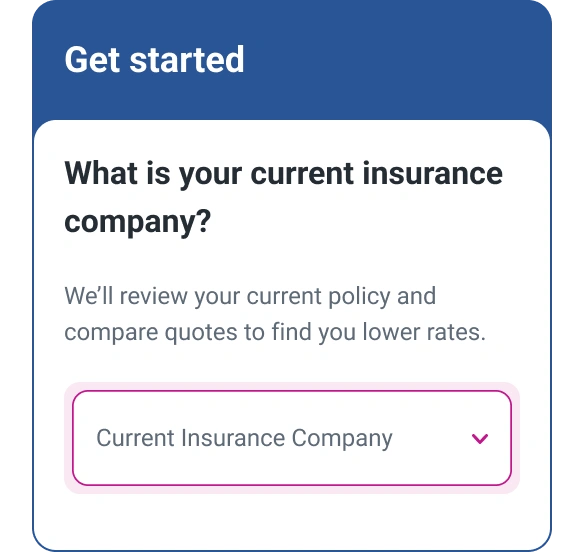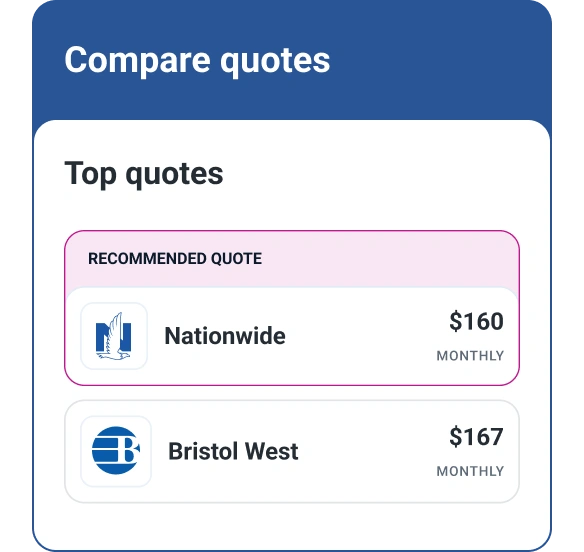Does Gender Impact Car Insurance Premiums?

Your gender can influence what you pay for car insurance, but not as much as other factors. The impact is most pronounced among the youngest drivers and varies by state. Some states don't allow the use of gender in calculating premiums at all.
Here's what you need to know about what factors determine your insurance rate and how you can save on car insurance payments.
Factors That Affect Car Insurance Premiums
It's important to understand the factors that determine your car insurance rates before purchasing an auto insurance policy.
Insurers use a range of information to determine your rates, including your age and gender (but never your race or religion). They can also consider your driving record, the type of car you drive, your location and—in most states—even your credit history.
- Gender: Women may sometimes pay less for auto insurance than men, according to the Insurance Information Institute, because they statistically tend to be involved in fewer and less serious accidents than men.
- Age: Age has a significant impact on rates, with teen drivers generally paying the highest premiums. Rates decline when drivers turn 25, and drivers tend to pay the least in their 50s and 60s.
- Marital status: Married drivers may pay lower insurance rates in part because they may be seen as more financially secure policyholders. They may also qualify for discounts if they bundle multiple types of insurance or add multiple cars to one policy.
- Location: The cost of auto insurance varies by state and even ZIP code. Drivers who live in cities, where the likelihood of accidents and auto theft is higher, often pay higher premiums than those who live in suburban or rural areas.
- Driving record: Your insurance premiums will typically be lower if you have a safe driving record, whereas a history of reckless driving, speeding, DUIs or accidents leads to higher insurance premiums.
- Full Coverage and deductible amount: You'll pay more if you opt for comprehensive or collateral coverage on top of your standard liability insurance. Likewise, the lower your deductible, the higher you can expect your monthly payments to be.
- Credit score: In states where it's allowed, insurance companies may use your credit-based insurance score to determine how likely you are to file a claim based on your credit. Good credit behaviors like making all your payments on time and keeping your balances low can mean lower premiums.
- Your car: The age and price point of your vehicle impacts your rate, as does how expensive it is to repair, how likely it is to be stolen and how much damage it could inflict on another car in the event of a collision. Driving a moderately priced car can mean a lower rate. There are five types of car insurance you can get, depending on your state, some types of car insurance may be optional depending on the type of car you drive.
Which Gender Pays More for Car Insurance?
While it's true that women often pay less than men because they are statistically less likely to get into accidents or have a DUI, these differences are most pronounced among young drivers ages 20 to 29. In contrast, women ages 30 to 49 tended to pay more.
The data below was provided by auto insurance marketplace Gabi®, a part of Experian, and was calculated based on actual policies sold between 2020 and 2021. Here's how rates vary by gender and by age:
| Age Range | Women | Men |
|---|---|---|
| 20-29 | $1,950.37 | $2,052.47 |
| 30-39 | $1,881.15 | $1,808.91 |
| 40-49 | $2,183.17 | $2,067.44 |
| 50-59 | $1,995.86 | $2,133.43 |
| 60-69 | $1,508.63 | $1,707.98 |
| 70 and above | $1,444.44 | $1,647.52 |
Some people feel that using gender as a factor for setting premiums is unfair, and several policymakers have passed laws to make it illegal to use gender to determine rates. Insurance companies are prohibited from pricing insurance according to gender in the following states:
- California
- Hawaii
- Massachusetts
- Michigan
- Montana
- North Carolina
- Pennsylvania
Among states that allow gender to be used as a factor in pricing, the difference in what men and women pay still varies by state. For example, women pay $85 more per year than men do in Florida, according to CNBC.
How to Lower Your Car Insurance Rates
Auto insurance is typically required by law, and good coverage is important in the event of an accident. But premiums can add up. If you're struggling to afford premiums or want to save on monthly costs, consider these ways to lower your premiums:
- Comparison shop for insurance. Rates differ among insurers, so shopping around is key. Anytime you move someplace new, enter a new age bracket or get married, for example, checking your rates could help you save.
- Consider your premiums when shopping for a car. When it's time to buy a car, research insurance premiums for various vehicles before you buy. Opting for a make and model with lower auto insurance coverage costs can help you save on monthly premium payments. You can also seek out vehicles with safety features that qualify you for discounts through certain insurers, such as anti-theft location trackers and anti-lock brakes.
- Drive safely. Many insurance companies reward drivers for a record of driving safely and for avoiding accidents for a specified period. Parents of teen drivers can consider enrolling their teen in a safe driving course, which certain insurance companies reward with discounted rates.
- Look for discounts. Auto insurance companies offer a host of different discounts. Opting for paperless billing, setting up autopay or bundling multiple types of insurance through the same company could help you save. Some insurance companies also offer discounted rates for teen drivers with high GPAs.
- Use low-mileage discounts. If you work from home, carpool or just don't drive much, you may be able to save. Some car insurance companies offer lower rates if you drive less than the national average of 13,500 miles per year.
- Drop coverage you don't need. Opting for comprehensive and collision insurance on top of your standard policy is often wise to ensure you have adequate coverage in the event of an incident. However, if you're driving an older car with low value, the amount your policy will pay in the event of an accident may not be worth the monthly payments. You can check your car's value using Kelley Blue Book or Edmunds.
The Bottom Line
Shopping around and comparing multiple car insurance rates can help you save on auto insurance. Among the factors that may weigh on your insurance rates, improving your credit score is one move that can help you both get cheaper insurance and improve your financial well-being.
Not sure where your credit score stands? Check your credit score for free through Experian to find out.
Don’t overpay for auto insurance
If you’re looking for ways to cut back on monthly costs, it could be a good idea to see if you can save on your auto insurance.
Find savingsAbout the author
Evelyn Waugh is a personal finance writer covering credit, budgeting, saving and debt at Experian. She has reported on finance, real estate and consumer trends for a range of online and print publications.
Read more from Evelyn

